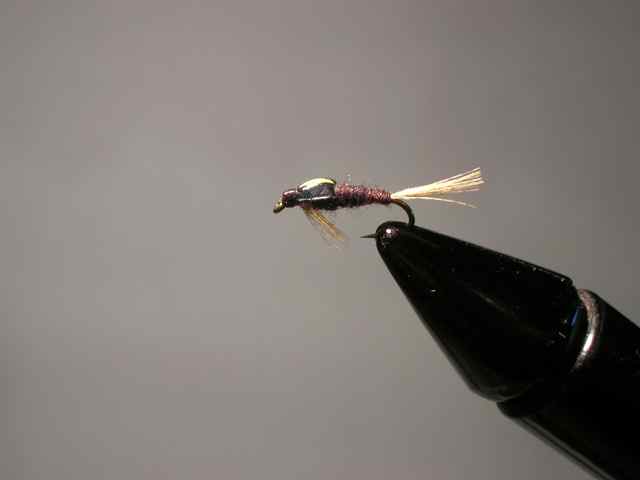
Report Date:
http://www.sportfishingreport.comOn the recent CVTU Chapter trip to the South Holston River near Bristol, Tennessee, we observed several local fly fishers catching a good number of trout. The South Holston River is a tailwater and arguably the best tailwater fishing on the east coast. Upon questioning the fly fishers from the local area, I learned that the sulphur nymph they were using was a hybrid of the locally popular Copper Head and Split Wing Case nymphs. One of the fly fishers gave my wife, Gayle and me, several of the split back sulphur nymphs and we were impressed with the fishing results. The fishing technique was straight forward. Simply drop a single size 16, 18 or 20 Sulphur nymph near the bottom below a strike indicator. I had purchased the New Zealand Wool Indicator packet from the YBO fly shop prior to the trip and wanted to give it a try on the South Holston and it worked very well. I found that trout do not shy away from the wool indicator on the surface as can happen with foam and plastic indicators, especially in clear water. Another plus was the ability to adjust the wool indicator to varying water depths with ease. The combination of the wool indicator and sulphur nymphs that the local fly fishers so willing gave to us was a winning team. Unfortunately, the heavy rains in the South Holston River area and necessary water releases from the dam hindered our fishing time. I have since used the split back sulphur nymph on our Cumberland Valley waters and outside the area waters such as Penns Creek, Yellow Creek and Black Moshannon Creek with good results. Also, a friend of mine reported catching trout on the Letort Spring Run with the split back sulphur nymph that he tied.
Report Date:
by Ron Newman Is there really a "Kamloops Trout"? A trout that is distinct and different from other Rainbow Trout? Surprisingly......